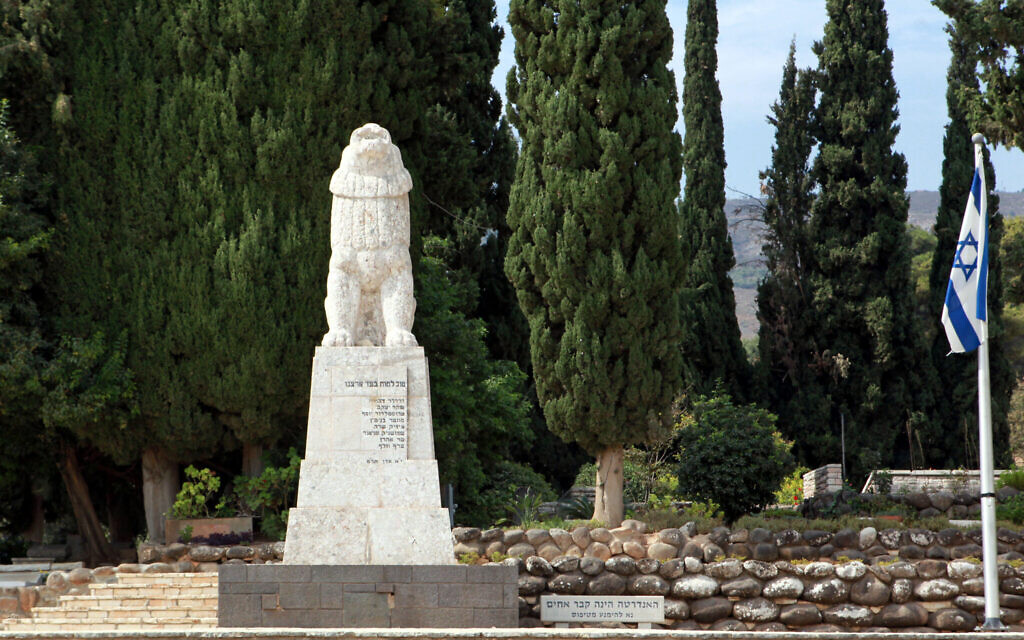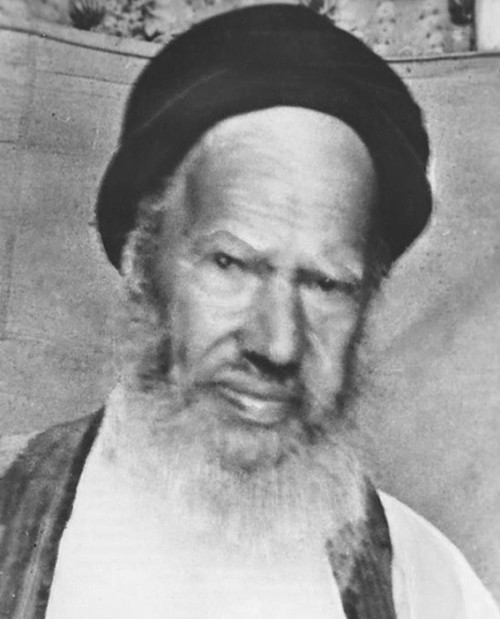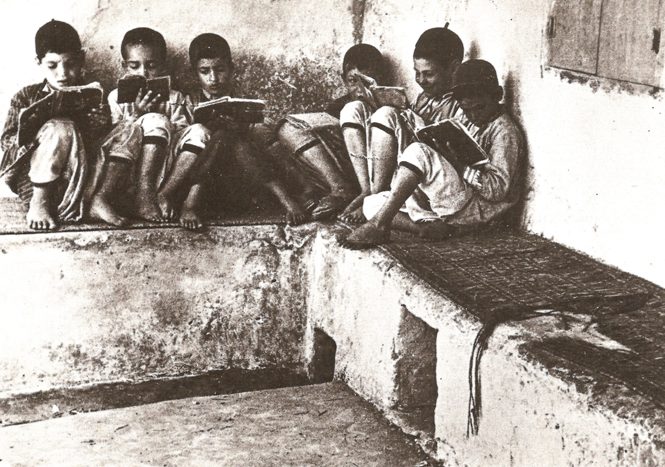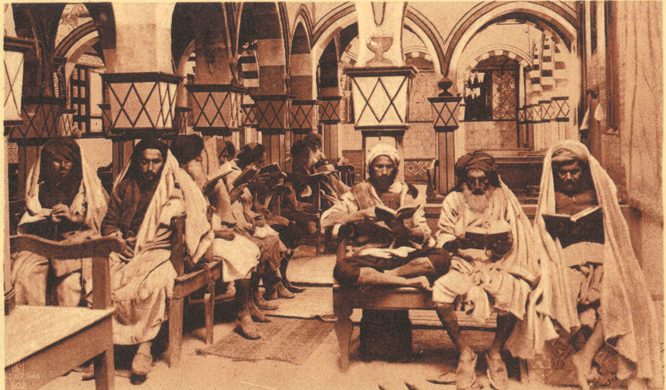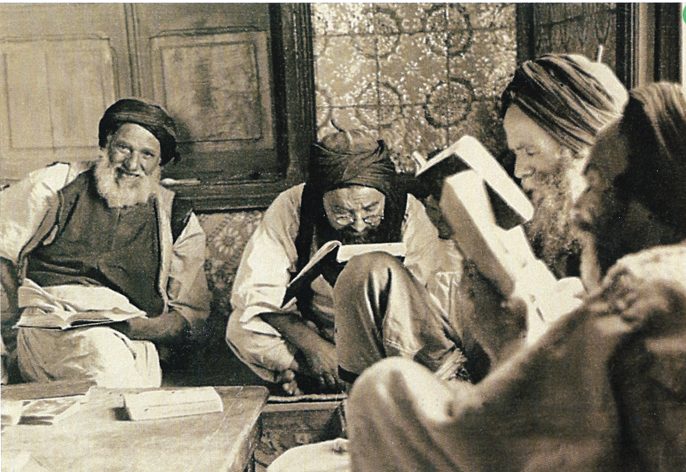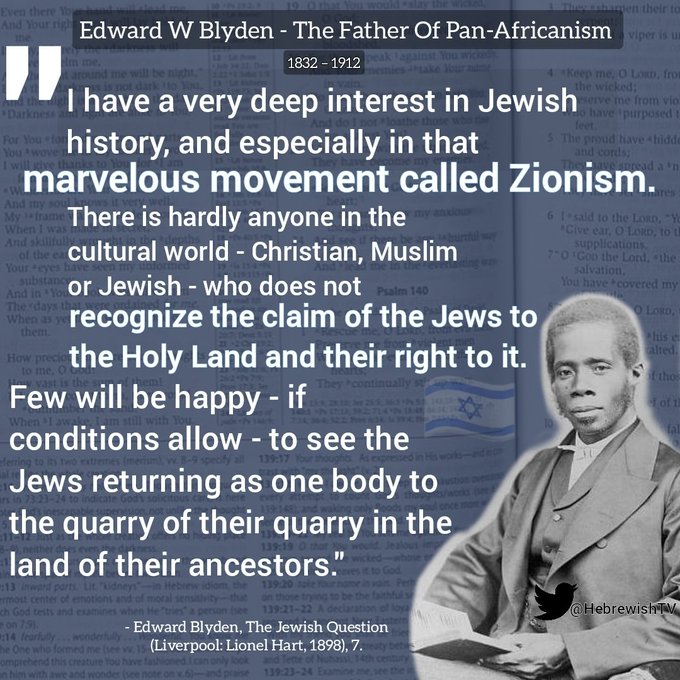Sixties Fan
Diamond Member
- Mar 6, 2017
- 58,354
- 11,054

From left, Fred Stevenson, Michael Wimers, Wilf Canter, Leon Lightman, and Willy FisherORIGINAL PHOTOS COURTESY THE AUTHOR
Late on the night of Oct. 24, 1948, on the last night of the Jewish holiday of Sukkot and amid Israel’s War of Independence, a Douglas C-47 Dakota transport plane took off from Tel Aviv’s Sde Dov military airport. It was a routine supply mission to the besieged Negev community of Sdom, near the southern tip of the Dead Sea. Sdom, like many such settlements, was encircled by enemy forces and only accessible by air. Moments after takeoff, the right engine began to overheat and spit out flames. The pilot redirected for an emergency landing at the Tel Nof air base, but the engine exploded within sight of the airfield, breaking off a wing and sending the plane spiraling to the ground just before midnight. It exploded on impact, and all five of the passengers were killed, in one of the first fatal aerial transport accidents in Israel’s history. Still, it barely registered on the radar of a young Jewish state suffering daily casualties as it engaged in a bloody war. There was not even a reference to it in several newspapers over the following days.
There was nothing glorious about an overloaded, rickety plane long overdue for servicing that crashed while delivering flour, coffee, and soap to besieged Israelis when heroic military sacrifices were happening all around. But while the accident itself was hardly extraordinary, its circumstances offer a snapshot of Israel’s makeshift early days, and its victims shine a light on those long forgotten. Together they made up some of the ragtag outfit of unsung foreign volunteers who flocked to the Holy Land in 1948—thousands of idealistic WWII veterans without whom Israel likely would not have won its independence. But when the fighting subsided, and Israel finally came around to telling its story, there was simply no one around to tell of these impressive young men. Four of the five officers—the pilot Wilf Canter, his co-pilot Fred Stevenson, navigator Willy Fisher, and radio operator Leon Lightman—were overseas volunteers, without local family to lobby for their commemoration. The fifth, Michael Wimers, was a single Jewish German immigrant. For decades, the military itself had little biographical information on the disparate men whose varied backgrounds and life stories made up the palette of early Israel’s fight for survival.
But now, 70 years later, we can finally get a fuller picture of these previously anonymous fighters amid the historic times in which they lived, thanks to the dogged determination of a devoted air force official, an obsessive campaign of a bereaved woman, and, surprising as it is to me, my last-ditch efforts to convince my paternal grandfather, Mickey Heller, to tell me something—anything!—about his WWII experiences.
(full article online)
